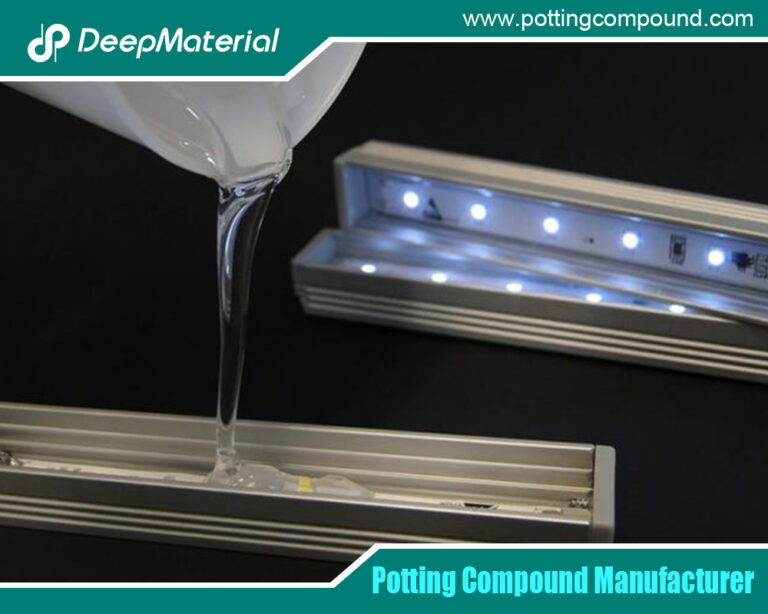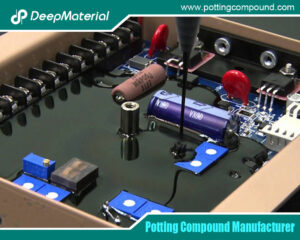

How to Remove Epoxy Glue from Plastic: A Comprehensive Guide
- Electronic Potting Material Manufacturer
- September 27, 2024
- Acrylic Conformal Coating, conformal coating, Connector Potting Compound, Electronic Conformal Coating, Electronic Epoxy Encapsulant Potting Compound, electronic epoxy encapsulant potting compounds, Electronic Epoxy Potting Compound, electronic potting compound, Epoxy Coating, epoxy conformal coating, Epoxy Encapsulant Potting Compound, epoxy encapsulant potting compounds, epoxy glue from plastic, epoxy potting compound, Flexible Potting Compound, Industrial Conformal Coating, LED Potting Compound, pcb conformal coating, PCB Potting Compound, polyurethane potting compound, potting compound, Silicone Conformal Coating, Silicone Potting Compound, Urethane Conformal Coating, UV Cure Conformal Coating, Waterproof Conformal Coating, waterproof potting compound
How to Remove Epoxy Glue from Plastic: A Comprehensive Guide
Epoxy glue is widely known for its incredible bonding strength and versatility, making it a favorite in various DIY projects, repairs, and crafts. However, when it comes to plastic, accidental spills or incorrect applications of epoxy glue can be troublesome. Removing epoxy from plastic surfaces can be challenging due to the glue’s durability and the sensitivity of plastic materials. This article will guide you through safe and effective methods for removing epoxy glue from plastic without damaging the underlying surface.
Epoxy glue is a two-part adhesive of resin and a hardener, forming a strong, rigid bond when mixed and applied. While it’s excellent for joining materials, it can be problematic if misapplied, especially on plastic. Unlike metals or glass, plastic is more delicate, and the wrong removal techniques can cause discoloration, scratches, or warping.
This guide will include various methods for removing epoxy glue from plastic, highlighting everyday household items and specialized products. Whether dealing with a fresh spill or hardened epoxy, these strategies will help you achieve a clean, residue-free plastic surface.
Understanding Epoxy Glue: Why is It So Hard to Remove?
Epoxy glue’s strength comes from its chemical structure. Once the two components (resin and hardener) mix, they undergo a chemical reaction that results in a robust and durable bond. This adhesive quality makes it challenging to remove after it hardens, particularly on porous or delicate surfaces like plastic. Plastics may also react to certain chemicals depending on their type, complicating the removal process. Knowing why epoxy is challenging to remove helps guide you to safe solutions that preserve the integrity of the plastic surface.
Safety Precautions Before Removal
Safety must be a priority before exploring removal techniques. Working with chemicals and epoxy glue can pose health risks if improperly handled.
- Wear protective gloves to avoid direct skin contact with chemicals or solvents.
- Ensure proper ventilation to prevent inhalation of fumes from solvents and removers.
- Use safety glasses to protect your eyes from accidental splashes.
- Test on a small area first to ensure the removal method won’t damage the plastic.
Following these safety guidelines will minimize health risks and protect the plastic surface you’re working on.
Methods to Remove Fresh Epoxy Glue from Plastic
Prompt action can make a significant difference if you’ve spilled epoxy or it’s not fully cured. Here are the steps to safely remove uncured epoxy glue:
Use Isopropyl Alcohol or Acetone (For Fresh Spills)
Step 1: Dab a small amount of isopropyl alcohol or acetone on a clean cloth.
Step 2: Gently rub the affected area where the epoxy is still tacky. These solvents can break down the uncured epoxy without harming most plastic surfaces.
Step 3: Clean the area with fresh cloth and warm water.
Note: Acetone can damage certain plastics, so always test on a small, inconspicuous area before using it extensively.
Scrape Off Softened Epoxy
Step 1: After applying a solvent like isopropyl alcohol or acetone, use a plastic scraper or the edge of a credit card to scrape off the softened glue gently.
Step 2: Be careful not to apply too much pressure as it can scratch the plastic.
This method works best for fresh spills that haven’t fully hardened.
Methods to Remove Hardened Epoxy Glue from Plastic
If the epoxy glue has fully cured and hardened, removal becomes more challenging but not impossible. Here are some practical approaches:
Apply Heat
Heat can soften the bond of epoxy glue, making it easier to remove from plastic surfaces.
Step 1: Turn on the hair dryer or heat gun to the lowest setting and hold it 2-3 inches from the surface.
Step 2: Warm the epoxy for a few minutes to soften it.
Step 3: Use a plastic scraper to remove the epoxy once softened carefully.
Step 4: Wipe the area with a damp cloth to remove any residue.
Be cautious when using heat; too much can warp or damage the plastic.
Use Vinegar Solution
Vinegar, a common household item, can effectively remove hardened epoxy.
Step 1: Soak a clean cloth in white vinegar and place it on the glued area.
Step 2: Allow it to sit for 15-20 minutes to soften the epoxy.
Step 3: Gently scrub with a soft brush or cloth to remove the epoxy.
Step 4: Rinse with water to clean the plastic surface.
Vinegar works well for slightly hardened epoxy but may require repeated applications for more challenging bonds.
Freezing the Epoxy Glue
Freezing can make the epoxy brittle, causing it to break away from the plastic.
Step 1: Place the plastic item (if small enough) in a freezer for several hours.
Step 2: After freezing, take it out and gently chip away at the epoxy using a plastic scraper or a blunt tool.
Step 3: Clean off any remaining glue particles with a damp cloth.
This method is particularly effective for smaller items or tools with epoxy on them.
Use a Commercial Epoxy Remover
A specialized epoxy remover can be an option for large or complex areas.
Step 1: Follow the manufacturer’s instructions and apply the remover to the epoxy glue.
Step 2: Let the remover sit for the recommended time to break down the glue.
Step 3: Gently scrape the epoxy away using a plastic scraper.
Step 4: Clean the surface with a damp cloth to remove any solvent residue.
Commercial removers are formulated to dissolve epoxy without harming most plastics, but always test on a small area first.
Final Steps: Cleaning and Polishing the Plastic Surface
Once you’ve removed the epoxy glue, some final steps will ensure your plastic surface is clean and restored to its original appearance.
Clean the Surface
Step 1: Wipe the plastic surface with warm, soapy water to remove any remaining solvent or residue.
Step 2: Rinse with clean water and wipe dry with a soft cloth.
Polish the Plastic
Step 1: Apply a small amount of plastic polish or automotive wax on a soft cloth.
Step 2: Gently buff the plastic surface in a circular motion to restore its shine and remove any scratches or dullness caused during the epoxy removal process.
Polishing helps to ensure the surface remains smooth and blemish-free, especially if the epoxy removal process leaves any minor marks.
Conclusion
Removing epoxy glue from plastic can be tricky, but with the right approach and tools, you can do so without damaging the surface. By following the techniques outlined above—whether dealing with fresh spills or hardened glue—you can effectively remove epoxy and restore your plastic to its original condition. Always prioritize safety, test any solvents on a small area first, and use non-abrasive tools to protect the plastic surface during removal.
Whether you’re an avid DIYer or someone dealing with a simple household accident, these methods will equip you with the knowledge to handle epoxy glue removal confidently.
For more about how to remove epoxy glue from plastic: a comprehensive guide, you can pay a visit to DeepMaterial at https://www.pottingcompound.com/ for more info.
Recent Posts
- How Does Epoxy Encapsulated LED Work?
- Which Glues Are Suitable for Encapsulation of Electronic Products?
- What Are the Design Standards for the Glass Transition Temperature (Tg) and Tensile Modulus of Automotive Electronic Encapsulants Adhesives?
- Usage Methods of LED Potting Compounds: From Mixing to Curing – A Complete Step-by-Step Guide
- The Characteristics of Thermal Conductivity, Waterproofness and Shock Resistance of LED Potting Compounds
- Revealing the Wide Range of Application Scenarios of LED Potting Compounds
- In-Depth Analysis of Several Common LED Potting Glue Types
- A New Benchmark for Electronic Protection: Conformal Coating Process from Manual to Fully Automatic
- Conformal Coating Waterproof: Protecting Electronics from Water Damage
- Choose the Right Conformal Coating Process to Extend Electronic Component Lifespan by 5 Times







